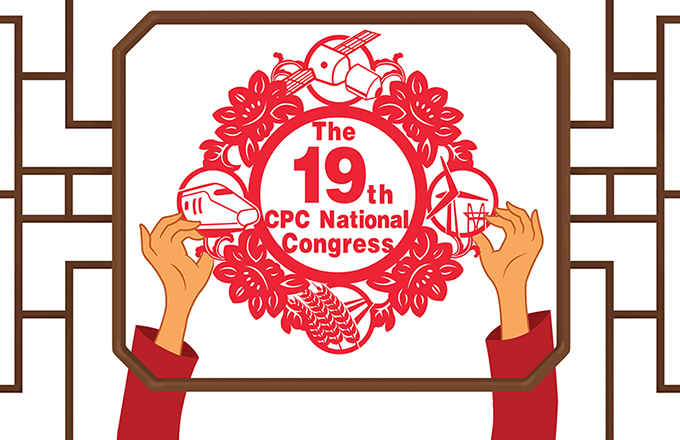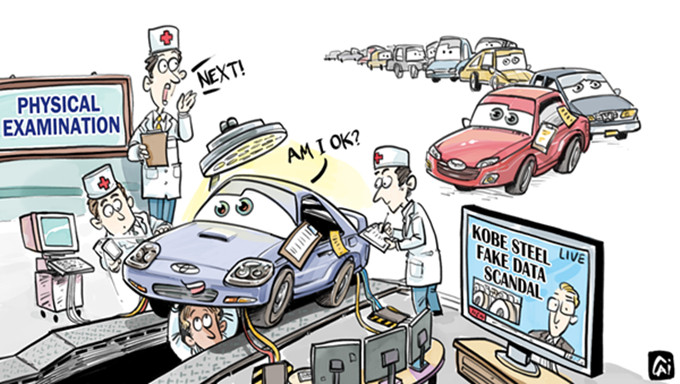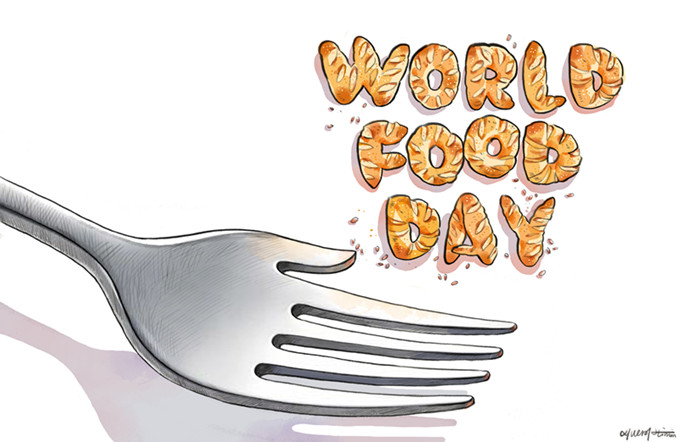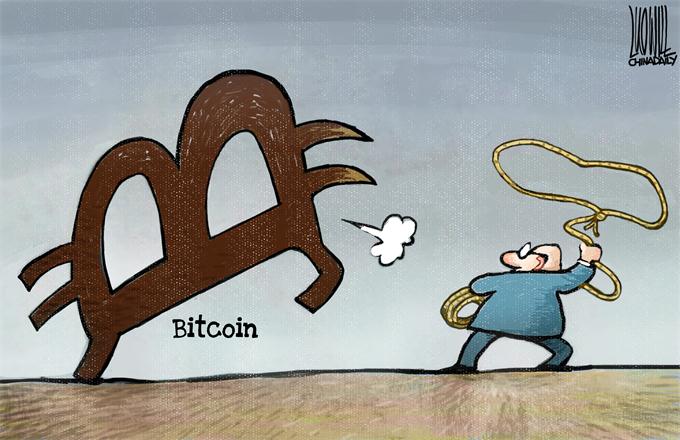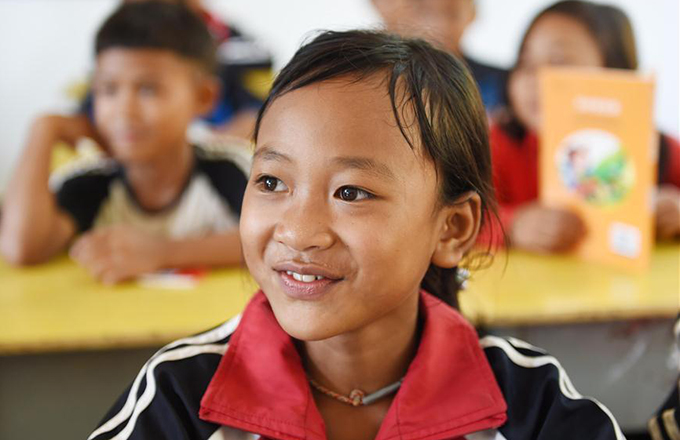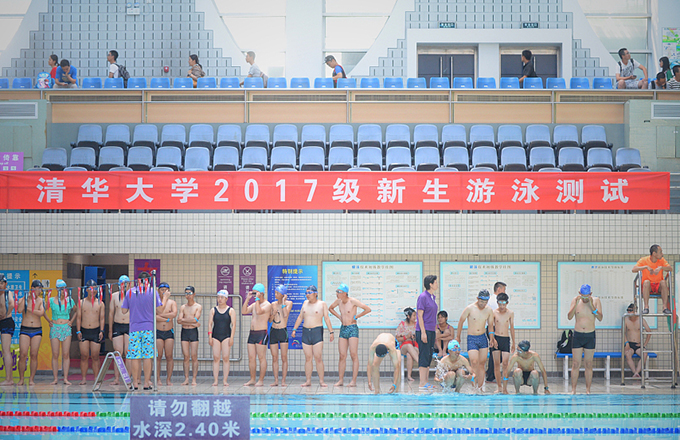On track to achieve the goal of eradicating poverty
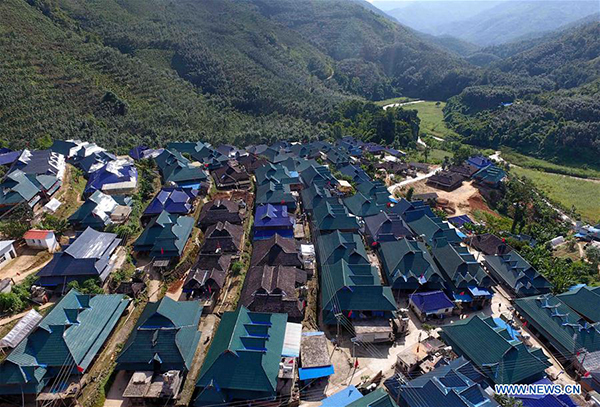 |
|
Photo taken on Sept. 15, 2017 shows the bird's-eye view of Mannashan Village in Bulangshan Town of Menghai County, southwest China's Yunnan Province. A total of 524 people of the Bulang ethnic group live at the village and most of them have built new houses with the help of government under a policy of poverty alleviation. [Photo/Xinhua] |
Although facing severe challenges such as slower economic growth since 2012 due to economic transition, China has implemented policies and measures to reduce the number of poor people in the country, which have yielded remarkable results. Poverty alleviation is vital to achieve the goal of building a moderately well-off society in an all-round way.
Infrastructure construction has remarkably improved transportation, safe drinking water and power supply, and communications in impoverished rural areas. The housing of millions of poor households have been rebuilt. Basic public services, such as education and medical care, provided for impoverished rural residents, as well as industrial development and employment in poverty-stricken areas have also improved.
The Chinese leadership with Xi Jinping as the core has exhibited wisdom and courage in pushing forward the great cause of poverty alleviation with precision strategy.
China stepped into the economic new normal five years ago, which signaled the shift in its reliance from imports, exports and investments to domestic consumption, innovation and reform for economic growth. As a result, its growth rate has slowed a bit.
China's average annual GDP per capita growth from 2012 to last year was 6.1 percent, 3 percentage points lower than the average from 2008 to 2011. This economic slowdown has reduced the pull effect of economic growth on poverty alleviation. The slowing of the employment growth rate and the adjustment to the employment structure have also had negative influence on poverty alleviation work.
China's non-agricultural employment growth rate, especially that of migrant workers, has been declining since 2012. Last year, the number of migrant workers working outside their hometown for more than six months grew only 0.3 percent, and the proportion of migrant workers in the construction and manufacturing industries (the most migrant worker-intensive industries) declined 2.5 percentage and 0.9 percentage points compared with 2013.
Besides, the declining prices of primary agricultural products in recent years have made it difficult for impoverished rural households, which depend heavily on the production of primary agricultural goods, to increase their incomes. And since 2012 the growth rate of China's national fiscal revenue declined from 12.8 percent in 2012 to 4.5 percent in 2016, the lowest since 1987, making poverty alleviation work more difficult.
Facing the heavy burden and severe challenge of economic transition, the government has adopted a precision poverty alleviation strategy and taken a series of effective measures to lift the remaining impoverished population of China out of poverty by 2020. The strategy is aimed at using the limited poverty alleviation resources with precision to get the desired effect. Which means China has established a comprehensive organizational and institutional system of precision poverty alleviation.
The Party committees and governments at all levels have been given the responsibility of eradicating poverty in their areas. And a series of policies to increase the incomes of impoverished rural households, and a poverty alleviation assessment system including auditing, inspection and third-party evaluation has been put in place.
The government, on its part, has not only allocated more special poverty alleviation funds, but is also increasing poverty alleviation resources through integrating other special agricultural and rural development related funds at county level.
Recent years have also seen China promoting supply-side structural reform to improve efficiency and quality, which has boosted poverty alleviation works.
Poverty alleviation is vital to good governance. And the implementation of the precision poverty alleviation strategy will help China win the battle against poverty and build a moderately well-off society in an all-round way.
The author is the director of Center for Poverty Studies, Chinese Academy of Social Sciences.


